How to take positive reinforcement and use it in riding? I will share practical tips in other blogs, but let’s focus on preparation. How can you make yourself successful?
Key Lesson for Riders #4: Training Journal
The only way to know if you are making progress in riding with positive reinforcement is to keep track. A training journal is the best tool to do this. Science has proven that if you write things down you can remember it better. You can also reflect better by yourself if you put things in writing.
 Do you want a training journal that helps you improve your riding skills? Don’t use it as a diary, use it as the powerful training tool it can be. In a diary you write down what you’ve done and how you felt about it. My training diaries from 20 years ago are all similar and I read things like: ‘I rode, it was fun but the canter sucked. I did 3 tracks and every time my pony fell to trot all by himself.’ Maybe I added my opinion about my pony that day, but this is not constructive and didn’t help me improve and develop my skills.
Do you want a training journal that helps you improve your riding skills? Don’t use it as a diary, use it as the powerful training tool it can be. In a diary you write down what you’ve done and how you felt about it. My training diaries from 20 years ago are all similar and I read things like: ‘I rode, it was fun but the canter sucked. I did 3 tracks and every time my pony fell to trot all by himself.’ Maybe I added my opinion about my pony that day, but this is not constructive and didn’t help me improve and develop my skills.
Only when I got my horse Kyra (she was born in a nature reserve and totally feral when I got her) I started to change how I used my training journal. That’s how I know it took me 3 weeks to tame and train her. With that I mean: Kyra changed from trying to run away from me and climb the opposite stall wall when I opened the door to a horse that actively sought out my presence, wanted to be haltered (and cooperated by keeping her head low), allowed me to touch her all over, including her legs and belly. I could lift her legs and cleaned her hoofd. And… I made a start to lead her over the premises. If I didn’t kept that journal I would have forgotten!
Tip #1 for a Training Journal that works
Keep it positive so you will read it back. If you write down how horrible rider you were today, it’s no fun to read back and you won’t learn from it!
I have experimented the last 10 years with keeping journals and what made it easy and most useful. I advise my students to put at least 3 things that went well in it. It can be just 3 bullet points. This will make you feel good and motivated. I also ask my students to reflect and write down 1 (only 1!) point that they want to improve.
Did you notice I didn’t write ‘one thing that went wrong’? No I want one learning point, so next time you know what to pay attention to. This will help you learn faster!
If you had ‘failures’, call them learning points if the word ‘failure’ makes you feel bad. ‘failing’ is the way we learn. After being a success coach for 8 years I don’t feel bad anymore when I hear the word ‘failure’ because it gets me all excited: Yeey, there is something to learn! I LOVE learning! This is how most of us feel about failures. So until then, start changing your language into positive language.
Failure → opportunity to learn, learning point
‘X went wrong’ → I learned Y (canter sucked → I learned to pay attention to transitions/my balance/and so on)
My horse sucked at X → I got feedback/information about X from my horse
My horse refused to do X → My horse was [reason/cause eg scared] to do X today
Tip #2 for a Training Journal that works
‘Connect‘ it to your Key Lesson for Riders: Shaping Plan. Make sure you work on the things you planned to do and give yourself feedback in your training journal about the one thing you wanted and worked on. After your training you might notice that you have to adjust your shaping plan.
If you trained under saddle what you had in mind, you are going in the right direction to accomplish your dreams (step 1 Key Lesson for Riders: Training Plan).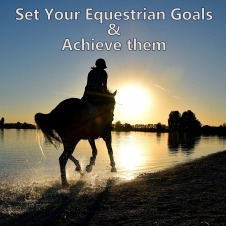
Of course it can happen that you decide not to go with your next step in your Training and Shaping plan. That happens: it’s too stormy and it might not be safe to ride. Write that down too and the reason you decided to change plans. You might discover a pattern after a while…
All this gives you valuable information about how you train and also how often you train. If you stick to the plan, and if you won’t you can figure out how you can change your plans. Maybe they are a bit too advanced or the opposite: not challenging enough.
Some people tell me they don’t like to do all that stuff, that’s too much effort. Those are the people who keep at the same level year after year and don’t improve their riding skills. Some even buy a different horse. This won’t solve the cause: if you’re not evolving, you won’t improve. Yes, it is work! How much are you really willing to improve? With a little bit of help it’s not hard. I provide my students with templates that are quick and easy to use. Make this a habit.
Tip #3 for a Training Journal that works
Celebrate your successes; big and small! I love to celebrate my milestones with a picture or a short video of the behaviour I accomplished. These might not be impressive to other people, but they are important to you. So make sure you share them only with your tribe: the people that enjoy your successes and know how important it is for YOU.
I have videos of Kyra of the first few rides I ever did. For an outsider they are as interesting as watching pain dry. Why? Nothing spectacular is happening for them. For me it is: This is Kyra who is my first horse that I started under saddle with R+. How exciting is that? I rode her the fourth time all by myself, with no assistance. This was also a crown to my preparation work: hours and hours of practising the HippoLogic Key Lessons, all work-in-hand, long reins, teaching her verbal cues and making her feel comfortable with me and everything around her (she was after all a wild horse).

I also made photo books of every year with our milestones. I love to go through them, because they make me realize how much we’ve accomplished.
Questions?
Free discovery call with Sandra
If you want to get to know me or have questions about clicker training from the saddle and how I can help you with that, book your free discovery call. Plan your call in my calendar. They usually take 60 minutes because I really want to get to know you and your horse.
Ultimate Horse Training Formula, Your Key to Success

Would you like to use clicker training in your every day training, learn to use it in all situations and for all horses, even in the saddle?
Do you want…
- a well-trained horse? Trained by you?
- more knowledge and skills to clicker train horses?
- more confidence in your training skills?
If you are ready to get the results in riding and training you really, really want, the Ultimate Horse Training Formula is perfect for you.
You’ll improve your training skills and you’ll develop skills trainers need in order to be successful, because my specialty is to help people implement their knowledge into practice.
Sandra Poppema, B.Sc.
I help horse owners get the results in training they really, really want with joy and easy for both horse and human. I always aim for win-win!
Sign up for HippoLogic’s newsletter (it’s free and it comes with a gift) or visit HippoLogic’s website and join my online course Ultimate Horse Training Formula in which you learn the Key Lessons, Your Key to Success in Clicker Training.
Follow my blog on Bloglovin
Next blog: Emotions in riding. How they influence your results. What emotions do you want to redirect (and how to do it). Not only the rider’s emotions are important, also the horse’s emotions need to be addressed.

Tack free riding was one of my childhood dreams!



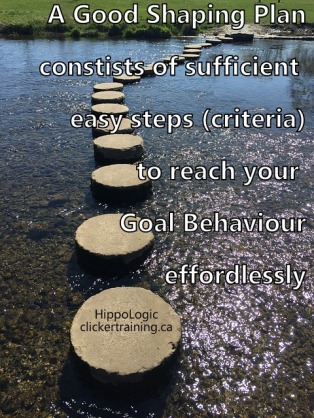

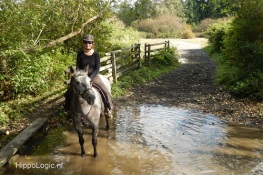

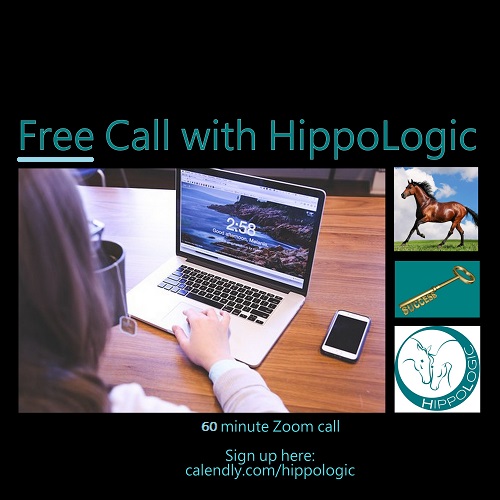

 competition dressage rider wasn’t compatible with my values. Animal welfare is very high on my list. In the 80’s and 90’s pulling the horse behind the vertical was very much rewarded by judges. Riding with a double bit and spurs didn’t fit either: Less is More, right? I wondered what I loved about the riding dressage competitions and if I could take that and honour my values? I loved: riding for an audience, inspire people what you can accomplish with good riding and training and how beautiful it is to see a rider and her horse in total harmony. It took a few sessions with my mentor to figure it out.
competition dressage rider wasn’t compatible with my values. Animal welfare is very high on my list. In the 80’s and 90’s pulling the horse behind the vertical was very much rewarded by judges. Riding with a double bit and spurs didn’t fit either: Less is More, right? I wondered what I loved about the riding dressage competitions and if I could take that and honour my values? I loved: riding for an audience, inspire people what you can accomplish with good riding and training and how beautiful it is to see a rider and her horse in total harmony. It took a few sessions with my mentor to figure it out. into smaller steps. What does your horse need in order to get to your goal?
into smaller steps. What does your horse need in order to get to your goal?
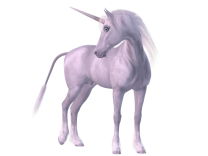

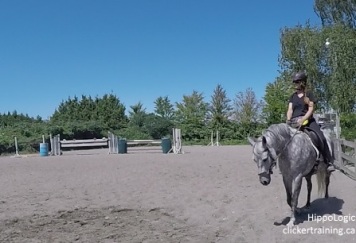


 Over the years many riders told me that their horse doesn’t like to work in the arena or doesn’t like to do dressage. If I asked for more information it was often the rider who actually didn’t like to work in the arena or do ‘dressage’ as opposed to the horse. The times it was the horse, there was an existing negative association with the arena.
Over the years many riders told me that their horse doesn’t like to work in the arena or doesn’t like to do dressage. If I asked for more information it was often the rider who actually didn’t like to work in the arena or do ‘dressage’ as opposed to the horse. The times it was the horse, there was an existing negative association with the arena. In order to motivate your horse in the arena, you have to make sure the reward is coupled to the behaviour you want to see more of. The same goes for the rider: pointing out their successes (small or bigger) while they are performing, make them feel that they are achieving something in that moment. After the ride they have the feeling they accomplished something and that they are getting closer to their riding goals.
In order to motivate your horse in the arena, you have to make sure the reward is coupled to the behaviour you want to see more of. The same goes for the rider: pointing out their successes (small or bigger) while they are performing, make them feel that they are achieving something in that moment. After the ride they have the feeling they accomplished something and that they are getting closer to their riding goals.
 Most famous ones are the ‘be the leader’-myth and the ‘don’t let him win’-myth that refer to the idea of one alpha horse that makes all the decisions and is the dominant horse of the herd. There is no such thing in a herd. Yes, horses can behave dominant in certain situations, but decisions when to move and were to go are more based on a (part of the) group decision.
Most famous ones are the ‘be the leader’-myth and the ‘don’t let him win’-myth that refer to the idea of one alpha horse that makes all the decisions and is the dominant horse of the herd. There is no such thing in a herd. Yes, horses can behave dominant in certain situations, but decisions when to move and were to go are more based on a (part of the) group decision. Horses don’t think in ‘winning or losing’ they act on ‘surviving or getting killed’. They spook because they are afraid, not because they are ‘out to get you’ or ‘want to avoid work’ or ‘are acting out’.
Horses don’t think in ‘winning or losing’ they act on ‘surviving or getting killed’. They spook because they are afraid, not because they are ‘out to get you’ or ‘want to avoid work’ or ‘are acting out’.


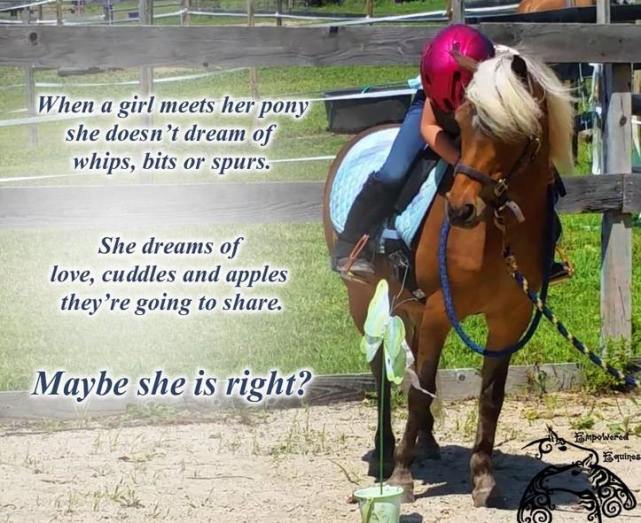





 friend doesn’t have to be an instructor he or she can be ‘your eyes on the ground’. Ask your friend to tell you specific things that you want to know. Be specific and ask her to tell you if the hind hooves are landing in the imprint of the front hooves or stepping over. If you want to improve your feel ask your friend to say “yes” every time your horse lifts up his outer hind leg. Just simple exercises like that can help improve your riding enormously and you don’t need an instructor to help you with those.
friend doesn’t have to be an instructor he or she can be ‘your eyes on the ground’. Ask your friend to tell you specific things that you want to know. Be specific and ask her to tell you if the hind hooves are landing in the imprint of the front hooves or stepping over. If you want to improve your feel ask your friend to say “yes” every time your horse lifts up his outer hind leg. Just simple exercises like that can help improve your riding enormously and you don’t need an instructor to help you with those.



You must be logged in to post a comment.